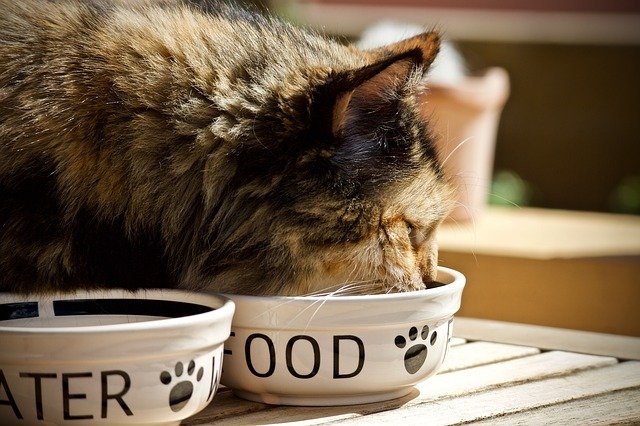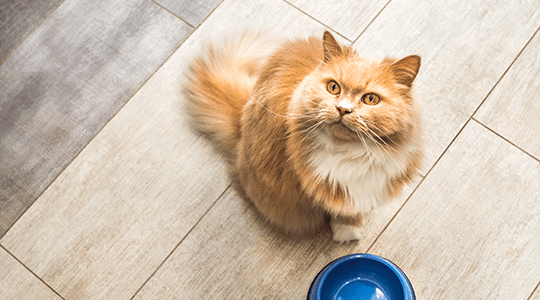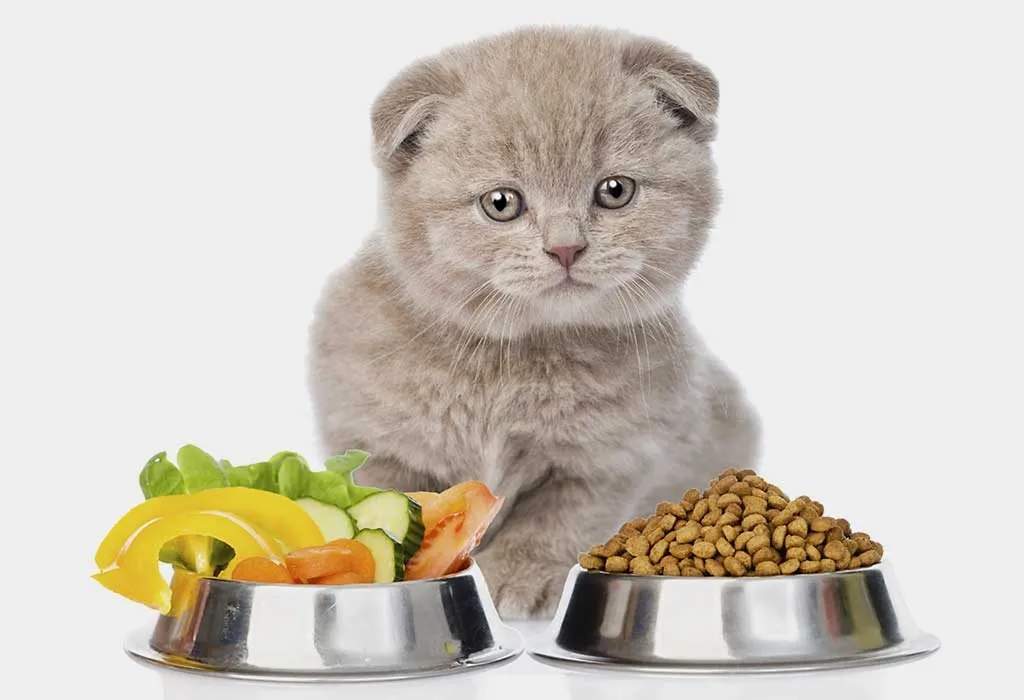A Comprehensive Guide to Raw Cat Food
Anúncios
More and more cat owners are feeding their dogs a raw diet to ensure they get all the nutrients they need and eat food that is suitable for their species. Raw cat food consists of raw meat, bones, and organ meats and is very similar to what cats would eat in the wild. In this guide, we discuss the pros, cons, and helpful tips for making and serving raw cat food.
Raw Cat Food has the Following Benefits:
- Better nutrition: Raw cat food is a nutritious meal that is very similar to what cats would eat in the wild. This contributes to overall health, makes the coat shinier, and gives you more energy.
- Dental health: Chewing raw meat and bones can keep your teeth healthy by preventing the buildup of plaque and tartar. This can help prevent oral problems such as gingivitis and tooth decay from occurring.
- Digestive Health: Natural enzymes in raw foods can aid in the digestive process, which is good for your digestive system. Cats need to eat meat and a diet high in raw meat is easier to digest.
- Weight control: Feeding your cat a raw diet can help him control his weight and prevent him from gaining too much weight or losing too much weight. Raw meat contains large amounts of protein, which helps muscles stay strong and grow.
Things to Consider Before You Start:
- Talk to your vet: Before switching your cat to a raw diet, talk to your vet to make sure it is safe for your cat’s health and meets his or her special nutritional needs.
- Proper nutrition: For proper nutrition, you need to develop a meal plan that includes the right amount of muscle, bone, and organs. Include a variety of foods to ensure you get all the necessary nutrients.
- Hygiene and safety: Avoid getting raw meat on your hands to avoid spreading germs. After making fresh cat food, thoroughly clean your hands, all surfaces, and tools. Additionally, buy high-quality meat that is safe for humans to reduce the chance of bacterial contamination.
- Gradual transition: Cats are sensitive to changes in diet. Introduce raw food slowly by mixing it with what they are already eating. Over time, increase the amount of raw food they eat until they are completely changed.
To Make Raw Food for Cats:
- Meat selection: Choose from different types of meat such as rabbit, chicken, turkey, and beef. For a healthy diet, eat both lean and fatty meats. Make sure the meat is fresh and does not contain any additional ingredients.
- Bones: Eating raw bones is a great way to get minerals and keep your teeth healthy. Most cats can eat cartilage, such as chicken necks, wings, and other chicken bones. Do not eat cooked bones as they may crack and cause choking.
- Organ meat: Organ meat such as liver and kidneys are rich in minerals and vitamins. They should make up about 10 to 15 percent of your cat’s total diet. To prevent vitamin A poisoning, you should eat a varied diet and limit your liver intake.
- Supplements (optional): You may need to give your cat something extra, such as taurine or omega-3 fatty acids, depending on his needs. Consult your doctor to find out if supplementation is necessary.
When to Feed and How Much to Feed:
- Feeding schedule: To keep track of your cat’s meals, you can set up a regular feeding schedule. Adult cats do best when fed twice daily, but your vet can help you determine the best feeding schedule based on your cat’s age, health, and specific needs.
- Portion Control: Determine appropriate portion sizes based on your cat’s weight, age, and activity level. Eating too much can make you fat, and eating too little can cause you to not get enough nutrients. To maintain a healthy weight, change the amount of food you eat as necessary.
Observe and Make Changes:
- Weight and condition: Check your cat’s health, weight and condition regularly. If you notice drastic changes in weight gain or loss, talk to your fat guy about changing your diet.
- Observe the quality of the feces: Observe the quality of the cat feces. Pets on a raw diet often have smaller, firmer stools. If you suffer from diarrhea or constipation, it may mean that your diet is out of balance and you may need to make some changes.
- Behavioral changes: Observe how your cat behaves and how much energy he has. A balanced raw diet should give your pet more energy, a better coat, and more energy.
The Most Common Mistakes to Avoid:
- Inadequate nutrition: Make sure your cat’s diet is complete and balanced. Not getting enough of certain nutrients, vitamins or minerals can harm your health over time.
- Quick switch: Don’t suddenly switch your cat to a raw diet. Moving slowly allows the digestive system to adapt to these changes, reducing the risk of stomach problems.
- Neglect of Hygiene: To prevent bacteria from getting into your food, be very careful about cleaning yourself when handling raw meat. This includes cleaning the bowls and utensils used to feed the animals.
- Not following a vet’s advice: It’s important to take your cat to the vet for regular checkups to closely monitor his health and address any problems. Work closely with your vet to ensure the food is suitable for your cat’s needs.
Conclusion
Feeding your cat a raw diet requires some planning and forethought, but many cat owners find it an economical and healthy choice for their pets. Monitor your cat’s health and visit your vet regularly to see if any dietary changes are needed. By providing a balanced and nutritious raw diet, you can help your feline companion thrive and enjoy optimal health throughout its life.
FAQs
1. Is it safe to feed my cat a raw diet?
Anúncios
Yes, raw food is safe and good for cats as long as it is prepared and handled properly. Consult your vet to ensure it is suitable for your cat’s specific health needs.
2. How do I switch my cat to a raw diet?
Anúncios
Slow change is important. Mix a small amount of raw food into their current diet and slowly increase the amount over days or weeks until they are fully adjusted.
3. Which meat is suitable for cats to eat raw?
Choose from different types of meat, such as chicken, turkey, beef, and rabbit. For a healthy diet, eat both lean and fatty meats.
4. Can I add bones to my cat’s raw food?
Yes, raw bones are good for dental health and provide essential minerals. Make sure they are soft, such as chicken necks or wings, to avoid a choking hazard.
5. How do I ensure that my cat gets a balanced diet?
Includes various muscles, bones, and organs in the correct proportions. Liver, kidneys, and other organ meats should make up about 10-15% of your total diet.
6. Should I add supplements to my cat’s raw diet?
Depending on your cat’s specific needs, supplementation with omega-3 fatty acids or taurine may be recommended. Consult your doctor to find out if supplementation is necessary.
malik
Publicado em: 25/12/2023





